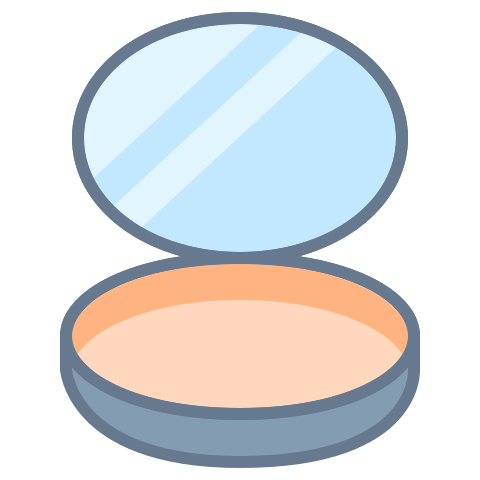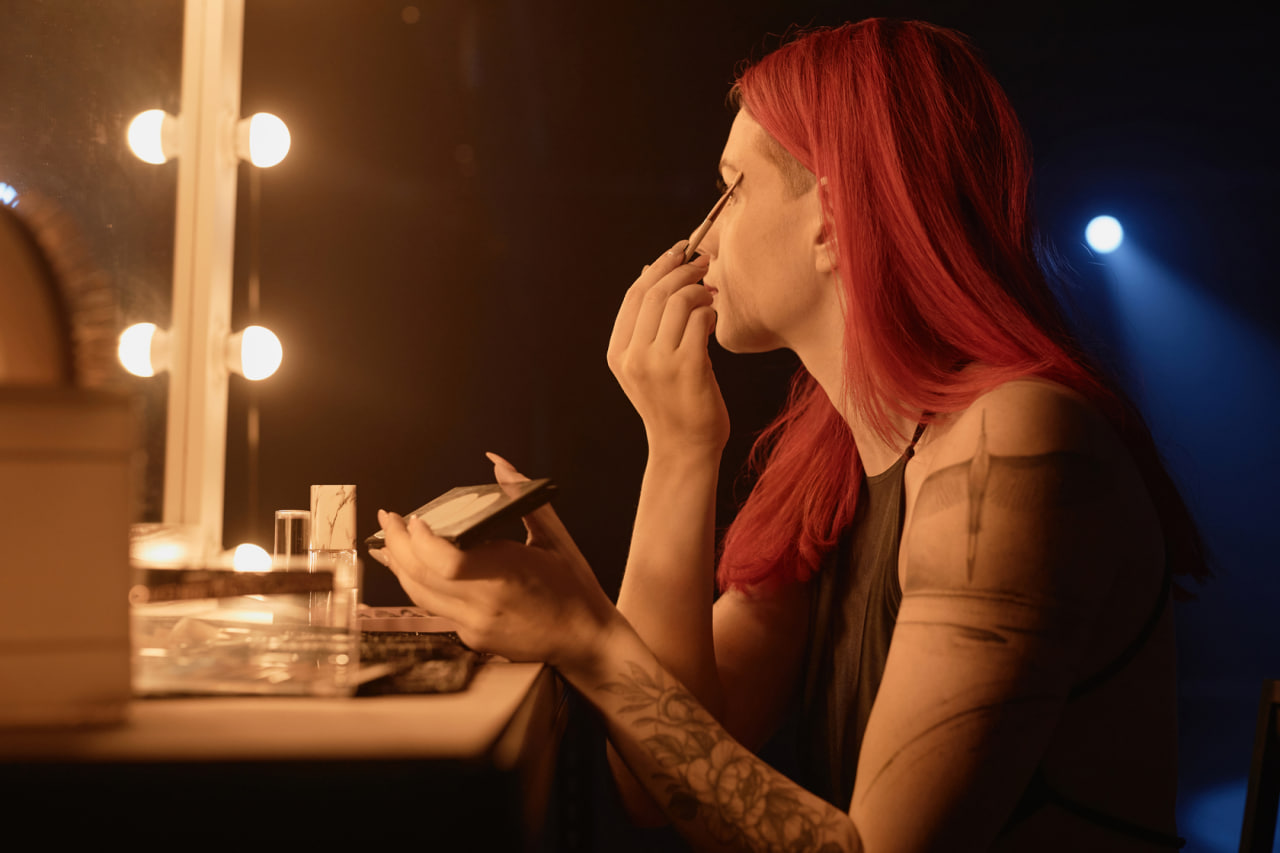Special effects (SFX) makeup is a transformative art form that allows artists to create injuries, aging, fantasy characters, and other dramatic effects that captivate audiences. Achieving realistic results requires a combination of technical skill, creativity, and attention to detail. Mastering these techniques enables makeup artists to bring characters to life on stage, screen, or in cosplay, making every transformation believable and visually striking.
Understanding Materials and Tools
Before beginning any special effects makeup, it’s essential to understand the materials and tools available. Common materials include latex, silicone, gelatin, wax, and professional-grade adhesives. Each material has unique properties suited to specific effects, such as creating texture, flexibility, or durability under stage lighting. High-quality brushes, sponges, sculpting tools, and airbrush equipment allow for precise application and professional results. Familiarity with these tools and their proper use is critical for creating convincing effects.
Preparing the Skin and Workspace
A key step in realistic SFX makeup is proper preparation. The skin should be clean, moisturized, and free of oils to ensure adhesives and prosthetics adhere effectively. Protecting sensitive areas and conducting patch tests prevents irritation or allergic reactions. Additionally, maintaining a clean, organized workspace ensures hygiene and efficiency. Laying out materials and planning the sequence of application saves time and reduces the risk of errors during complex transformations.
Building Realistic Prosthetics
Prosthetics are essential for creating depth, texture, and three-dimensional effects. Begin by sculpting or molding the desired shapes to match the anatomy of the intended effect, whether it’s a wound, deformity, or fantasy feature. Consider how the prosthetic interacts with facial expressions and movement. Blending edges seamlessly with the skin using adhesives and coloring helps create a natural look. Layering multiple elements can add depth and realism, enhancing the overall impact of the transformation.
Painting and Coloring Techniques
Color is critical for realism in special effects makeup. Skin tones, bruising, burns, scars, and fantasy elements require careful layering of pigments. Use a combination of cream, powder, and airbrush techniques to create gradients, highlights, and shadows that mimic natural textures. Observing real-life references, such as photographs of injuries or aged skin, improves accuracy. Subtle attention to undertones, veins, and discoloration ensures the final effect appears authentic under stage or camera lighting.
Creating Texture and Detail
Texture adds another level of realism to SFX makeup. Incorporate fine details such as wrinkles, pores, scabs, or scratches to make effects believable. Tools like stipple sponges, sculpting instruments, and brushes can simulate skin imperfections, hair, or environmental effects. The addition of small details, though time-consuming, distinguishes amateur makeup from professional-grade transformations. Proper attention to texture helps audiences suspend disbelief and fully engage with the character.
Maintaining Durability During Performances
Stage and film conditions present unique challenges for SFX makeup. Heat, sweat, and physical movement can compromise adhesives, pigments, and prosthetics. Using durable materials, setting sprays, and proper sealing techniques ensures the makeup remains intact throughout performances. Periodic touch-ups and contingency plans for quick repairs further guarantee a consistent, high-quality appearance on stage or on camera.
Continuous Practice and Observation
Mastery of special effects makeup comes with practice and observation. Studying anatomy, aging, injuries, and natural textures enhances an artist’s ability to recreate realistic effects. Practicing regularly on models, mannequins, or oneself allows experimentation with new techniques and materials. Observing professional makeup artists, tutorials, and film examples provides insight into industry standards and creative approaches that can elevate one’s own work.
Creativity and Storytelling Through Makeup
Special effects makeup is not only about technical execution but also about storytelling. Each effect should support character development and narrative context. Understanding the story behind the character guides design choices, from subtle scars to elaborate fantasy features. Combining creativity with realism ensures that makeup enhances the audience’s emotional experience and strengthens the overall impact of the performance.

